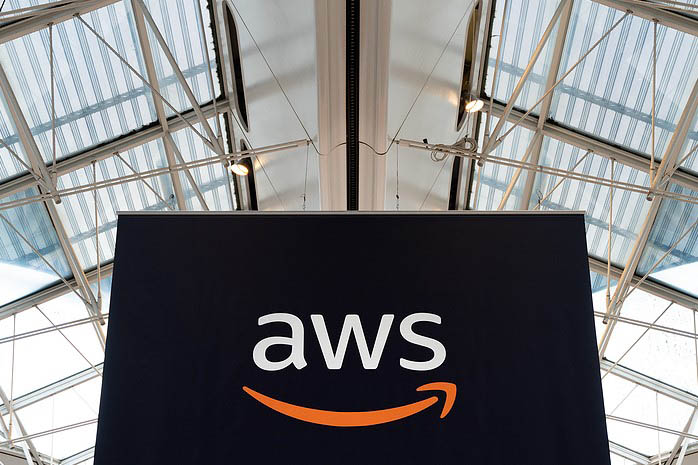Google Cloud vs AWS: Which Is Better for Your Business?
It’s official: the cloud is ubiquitous. The cloud computing infrastructure is being used to power artificial intelligence, connect remote workers from around the world, and store data. That’s why it’s a $371 billion dollar market – and by 2025 that number will be $832 billion.
Maybe you’re an entrepreneur looking to spin up your business on the cloud, or maybe you’re looking to migrate to a new service. Either way, you’ve probably heard of the two giants: Google Cloud and AWS. The Google Cloud vs AWS debate is ongoing. Fortunately for you, you don’t have to spend thousands of hours or dollars to figure out which cloud computing service is right for you. Here’s everything you need to know about the pros and cons of each service.
Pros and Cons of Google Cloud
First, let’s talk about Google Cloud Platform or GCP. GCP runs on the same infrastructure used for Google products like Gmail and YouTube.
Pricing
Google prides itself on offering competitive pricing for its services. One way it does this is with sustained use discounts. Sustained use discounts are automatic discounts given to customers for running Compute Engine resources for a portion of the billing month.
Another discount they offer is committed use discounts. In exchange for committing to a 1 or 3-year agreement, you received various levels of discounts on machine types. These committed use discounts come in spend-based and resource-based commitments.
Spend-based commitments require a minimum amount spent on products or services. Resource-based commitments require a minimum level of Compute Engine resources in a specific region. The unique pricing structure and discounts are what allow GCP DevOps services to help customers scale quickly while working within their budgets.
Free Tiers
Google’s free tier service is simple: 20+ services that are free, albeit with usage limits. These limits can change at any time. A big perk of GCP is their onboarding for new customers. New customers get $300 worth of credits to use on GCP services. While $300 won’t be a large amount for many large enterprises, it can be enticing for smaller businesses.
Global Availability
GCP is available in 29 regions. Despite not having the same reach as AWS, Google Cloud for business purposes still has a broad global reach.
Pros and Cons of AWS
AWS, or Amazon Web Services, is a subsidiary of Amazon. AWS was launched in 2006 and is currently the largest provider in cloud computing.
Pricing
Generally speaking, AWS is pricier than GCP. However, this can change, due to frequent price wars and costs costing in the cloud space.
Free Tiers
AWS has several free tier options, but what’s free, and for how long, can be very confusing. The first tier is for always free services, but of course, there are usage limits. The second tier is for services that are free for a 12-month period. Again, there are usage limits. The third tier is for limited-time trials. These trials could be for a set number of hours or months.
Global Availability
In terms of global availability, AWS offers 26 regions. However, it’s important to understand that not every feature is available in every region. They also have AWS local zones, which they tout deliver single-digit millisecond latency performance. These local zones are located in major cities around the world. If you’re near one of these local zones, it may be worth looking into AWS.
Google Cloud vs AWS
So when it comes to Google Cloud vs AWS, which is better? There’s no singular answer for every organization. What features and services do you need? Are those features available in your region? If so, then you have to look at pricing and which platform is easier to implement in your enterprise. If you liked this article on AWS or Google Cloud, check out the rest of our site for more business and tech features.




















